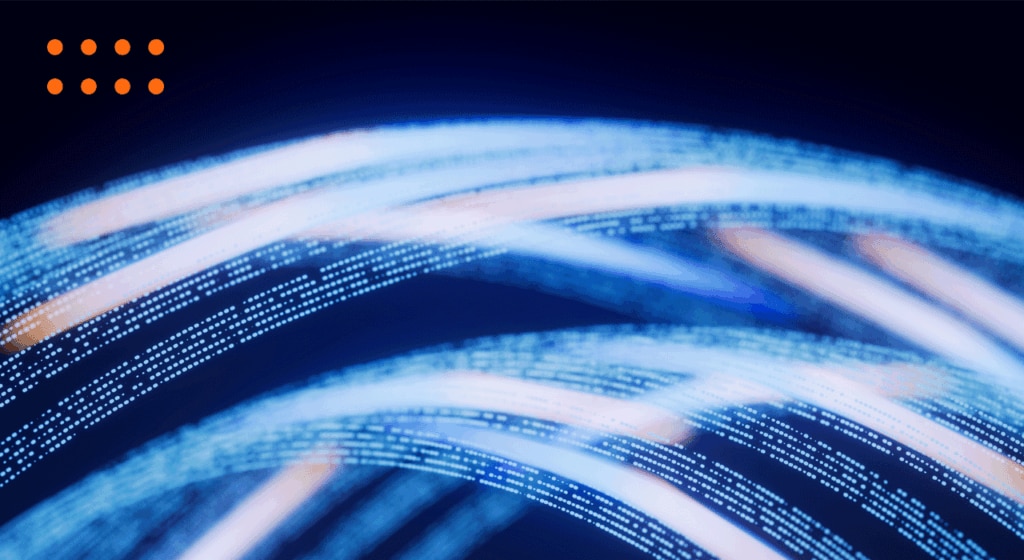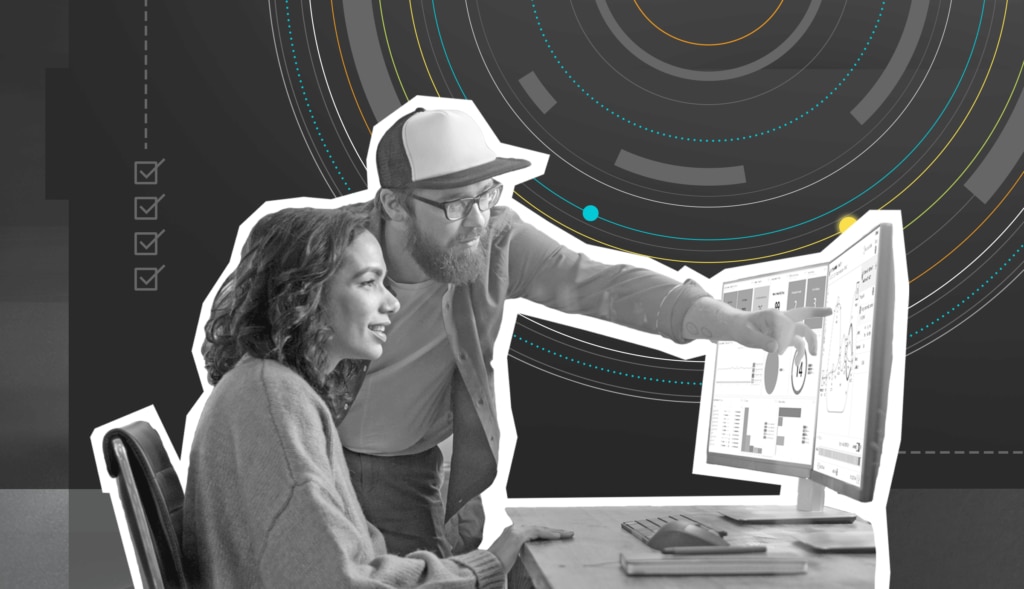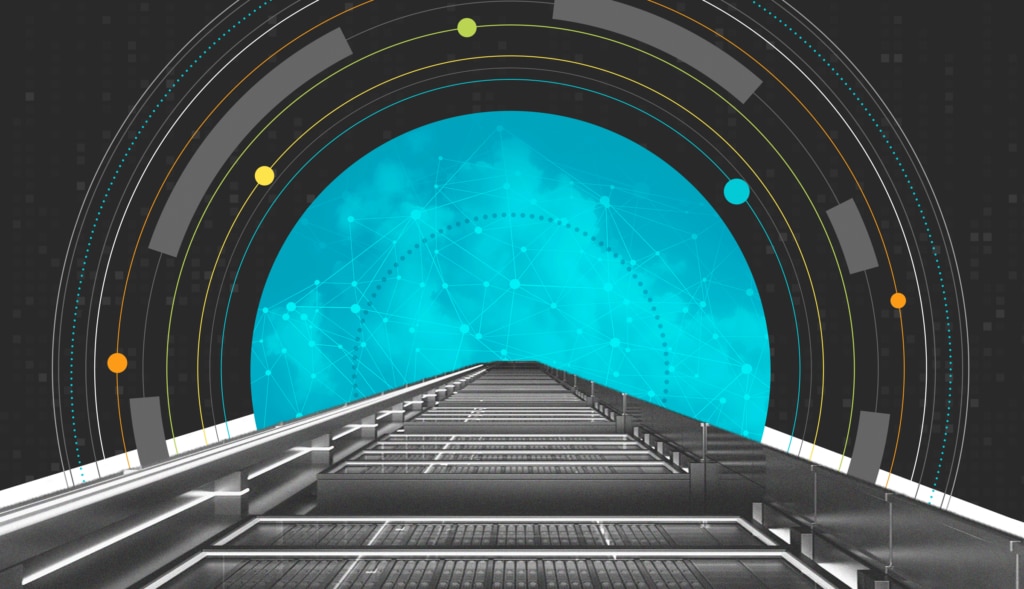Hybrid and multi-cloud environments have become the norm, with applications and services running across AWS, Azure, on-premises infrastructure, and increasingly, Google Cloud Platform (GCP).
Maybe your team is experimenting with GCP for its artificial intelligence (AI) capabilities. Maybe you're looking to reduce vendor lock-in. Or maybe you’re just cloud-curious and want to see what GCP can offer. Whatever the case, one thing is for sure: as your environments diversify, so do your monitoring challenges.
Each cloud provider has its own data, dashboards, and quirks. Without a unified view, troubleshooting becomes fragmented, context is lost, and teams spend more time switching tabs than solving problems.
That’s where SolarWinds® Observability comes in.
Why Add Google Cloud Support?
As more teams move workloads to GCP, the real challenge isn’t just spinning up new services; it’s keeping everything running smoothly across every environment. Without a unified view, it’s harder to spot what’s going wrong, where it’s happening, or how it’s connected. That’s why having end-to-end visibility isn’t just helpful, it’s essential.
GCP continues to grow as a top-tier cloud provider, offering powerful tools for analytics, app hosting, machine learning, and more. But more cloud means more complexity.
Adding GCP support to SolarWinds Observability helps you:
- See it all in one place: Get a consistent view across AWS, Azure, GCP, and on-prem systems with no more console hopping
- Troubleshoot faster across cloud boundaries: Trace issues through distributed architectures with ease, no matter where they start
- Spot problems before users do: AI-driven insights help you detect anomalies and performance risks early
- Scale without extra tool sprawl: One platform handles everything, keeping your monitoring stack lean and efficient
Ultimately, it’s about giving your team the confidence to run modern apps across any cloud without adding chaos to your workflows.
Troubleshooting Modern Applications
Applications today rarely live in a single data center. A typical service might use a front-end hosted in Azure, an AWS API, and a GCP database. Containers, serverless functions, and microservices architectures only add more moving pieces.
Traditional monitoring often falls short when something goes wrong in this environment. You might see a spike in response times, but identifying whether the root cause lives in GCP, AWS, Azure, or your on-prem infrastructure takes longer than your users can afford to wait.
By connecting GCP to SolarWinds Observability, you can:
Instead of piecing together fragmented data from multiple consoles, your teams gain a holistic picture of application health, no matter how distributed the architecture.
Getting Started With GCP Integration
Adding GCP to your SolarWinds Observability instance is straightforward. Our step-by-step guide walks you through connecting your Google Cloud account, configuring metrics collection, and ensuring logs and events flow directly into your dashboards. Once connected, you can start building custom visualizations, configuring alerts, and analyzing application performance immediately.
For background on hybrid cloud concepts and why they’re shaping modern IT strategies, see the Google Cloud hybrid cloud overview.
The Road Ahead
As organizations expand their use of multi-cloud and hybrid environments, observability needs to keep up. Monitoring a single platform in isolation isn’t enough. Teams need a unified view across every service and provider to quickly identify issues and understand what’s really happening.
With Google Cloud Platform now supported in SolarWinds Observability, IT teams can monitor their entire environment—AWS, Azure, GCP, on-premises, and everything in between—from one place. That means fewer blind spots, faster troubleshooting, and more time focused on delivering reliable service.
Discover how you can take your IT to the next level with SolarWinds.




